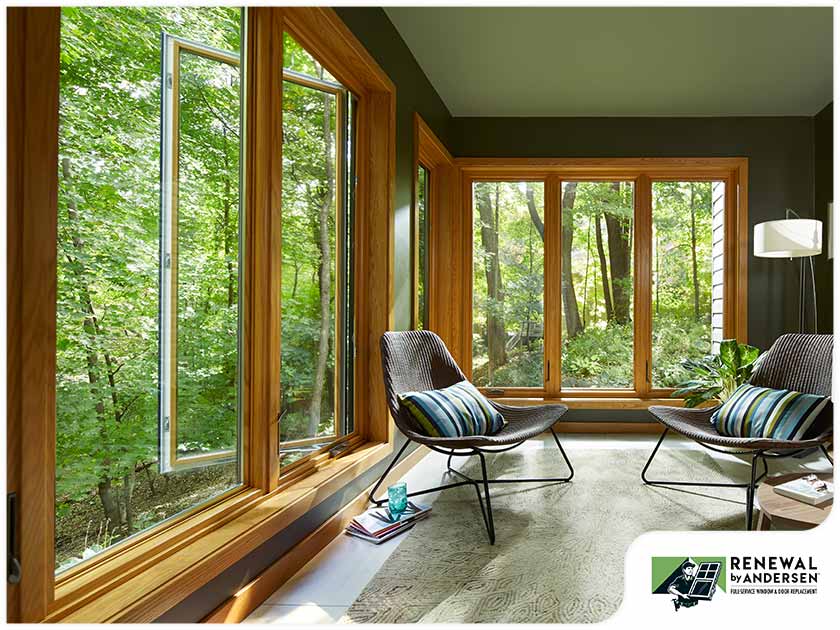
Optimizing Home Ventilation for Fresh Indoor Air
Indoor air quality is crucial for a healthy and comfortable living environment. Proper home ventilation plays a key role in ensuring that the air you breathe is fresh and free of pollutants. Explore the following tips to optimize ventilation in your home for a breath of fresh air.
Understanding the Importance of Ventilation
Effective ventilation is essential for removing pollutants, such as dust, allergens, and volatile organic compounds (VOCs), from indoor air. It also helps control humidity levels, preventing mold growth and creating a more comfortable living space. Good ventilation is particularly vital in tightly sealed modern homes to maintain air quality.
Choosing the Right Ventilation System
Various ventilation systems are available, each catering to different needs. Mechanical ventilation systems, such as exhaust fans and air exchange systems, actively remove stale air and introduce fresh outdoor air. Natural ventilation methods, like opening windows and using strategically placed vents, are also effective and energy-efficient options.
Regularly Cleaning and Changing Air Filters
If your home has a forced-air heating or cooling system, ensuring clean and efficient air filters is crucial for ventilation. Dirty filters can impede airflow and allow pollutants to circulate. Regularly clean or replace filters as recommended by the manufacturer to maintain optimal indoor air quality.
Balancing Airflow in Your Home
Achieving balanced airflow throughout your home ensures that each room receives an adequate supply of fresh air. Make sure that vents are open and unobstructed. Consider using fans to promote air circulation, and adjust dampers in your ductwork to balance airflow between different areas.
Managing Humidity Levels
Controlling humidity is a key aspect of ventilation. High humidity can lead to mold growth and make your home feel uncomfortable. Use dehumidifiers in damp areas, such as basements, and ensure proper ventilation in areas prone to moisture, like bathrooms and kitchens.
Strategic Window and Door Usage
Utilize windows and doors strategically to facilitate natural ventilation. Opening windows on opposite sides of your home creates cross-ventilation, allowing fresh air to flow through. Use screen doors to enhance airflow without compromising security.
Utilizing Exhaust Fans in Key Areas
Exhaust fans in kitchens and bathrooms are effective tools for removing moisture, odors, and pollutants. Ensure that these fans vent outdoors rather than into attics or crawl spaces. Use them consistently during and after activities that generate steam or fumes.
Investing in Air Purifiers
While not a ventilation method per se, air purifiers can complement your ventilation efforts by removing additional particles and allergens from the air. Choose air purifiers with HEPA filters for optimal performance.
Regular Ventilation Inspections and Maintenance
Scheduled inspections and maintenance of your ventilation system are crucial for its long-term effectiveness. Check for any blockages or damage, and promptly address issues to keep the system operating efficiently.
Creating a Ventilation Routine
Establishing a ventilation routine ensures that you consistently prioritize indoor air quality. Include tasks such as opening windows, running exhaust fans, and checking air filters in your regular home maintenance schedule.
Ensuring a Breath of Fresh Air with Home Ventilation
Optimizing home ventilation is a proactive step towards ensuring a healthy and comfortable living environment. By understanding the importance of ventilation, choosing the right systems, and implementing practical strategies, you can enjoy a breath of fresh air indoors. For more detailed guidance on home ventilation, visit Home Ventilation for additional resources and expert insights.
